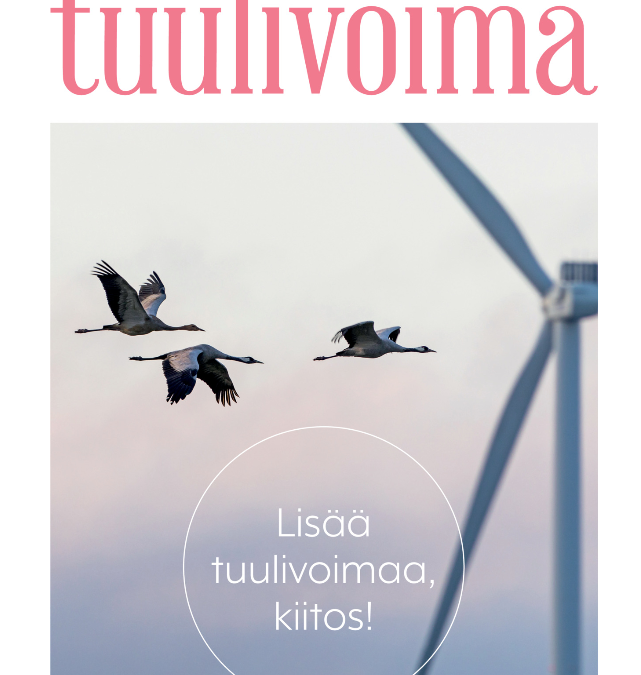The Finnish Wind Power Association (FWPA) has written a long special article about Kjeller’s cost on uncertainty collaborative research results in the latest Tuulivoima magazine 2/2020. The full article is available in Finnish here: https://www.tuulivoimalehti.fi/aiheet/epavarmuuden-hintaa-hankekehityksessa-voi-hallita.html
To the point: Focusing on uncertainty reduction is a good business case
Even if the cost of uncertainty topic sounds like bad news at a glance, the new results enable a detailed cost-benefit analysis that was previously done more on gut level feeling. “With the new results and cost of uncertainty formula, one can assess early on in project development, before start of measurements, as well as throughout the project lifetime, what uncertainty reducing solutions are worth investing in. For example, this can support decisions on the optimal met mast height for the wind measurements and how many wind measurements to include, in order to deliver the best business case. It is highly recommended and profitable to start thinking of AEP uncertainty reduction solutions from day#1 in project development.” says Ville Lehtomäki.
So what does wind farm AEP, P90 and uncertainty mean in finances?
Prior to a wind farm investment decision, a bankable annual energy production report is required for the business case calculations. Typically investors consider the AEP uncertainties in the business calculations and use the 90th percentile (P90) AEP estimate in financial calculations. The P90 means that with a 90 % certainty, a wind farm will produce X GWh annually for e.g a 20-year period (see Figure 1). The P90 is connected to the uncertainty: a higher uncertainty lowers the P90 and vice versa. As a summary: Nobody likes uncertainties in bankable AEP reports.

Figure 1. The expected wind farm AEP of 500 GWh with a 12 % uncertainty probability distribution and resulting P90 production.
Drivers of AEP uncertainty
The final AEP uncertainty is typically dominated by two uncertainty components:
- Short-term wind measurements
- Long-term correction of short-term wind measurements
Both above uncertainty components are responsible for roughly for 25 % each of the final uncertainty estimate. “It is always beneficial to lower the uncertainties but focusing most on wind measurements and wind analysis, one can achieve the best results as they dominate the uncertainties.” says Ville Lehtomäki.
The challenge: quantify the financial impacts of uncertainties in bankable AEP reports
Several consultant orientated cost of uncertainty studies have been made in the past but rarely have they been performed from the investors perspective. In order to quantify the real-world cost of uncertainty, Kjeller Vindteknikk collaborated with a large European equity investor that provided globally unique statistical analysis results of historical wind farm transactions for last few years in Europe.
The result: an increase in uncertainty lower’s the wind farm purchase price
The statistical analysis showed a median purchase price reduction as follows:
Wind farm purchase price=−0.4 % per Δunc [% of AEP]
This means that if the AEP uncertainty increases from 12 % to 13 % for a 100 MW wind farm, the purchase price is reduced by 480 000 € assuming 1.2 M€ cost per installed MW. The formula above can now be used to estimate the return of investment (ROI) for any type of solution lowering the AEP uncertainty.
If you are interested to read more and learn about some ROI examples in wind measurements, please see our WinterWind 2020 presentation here.
